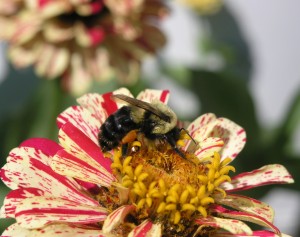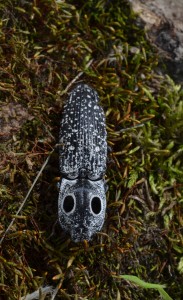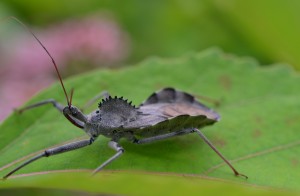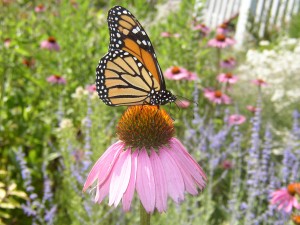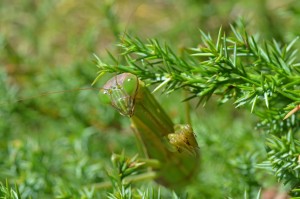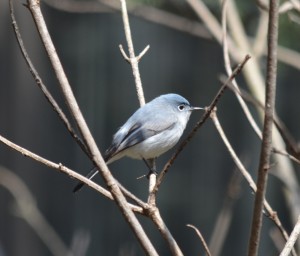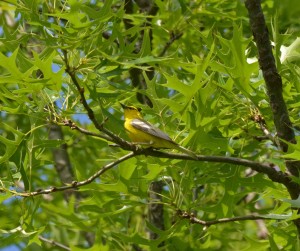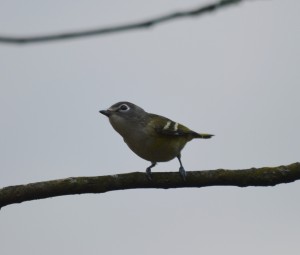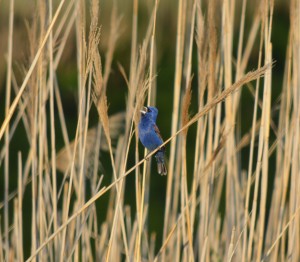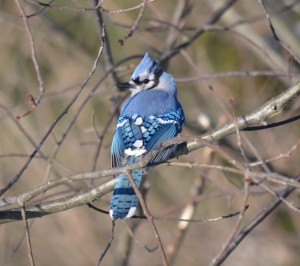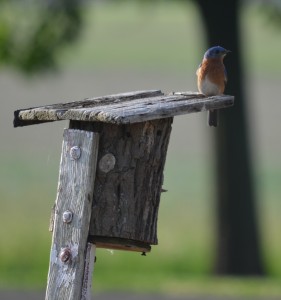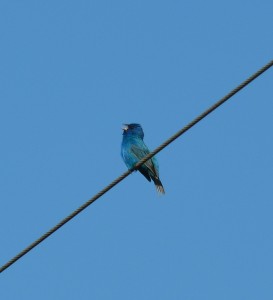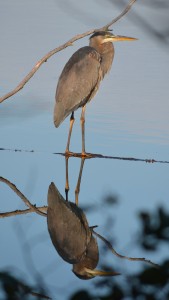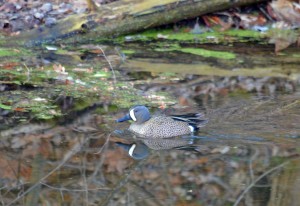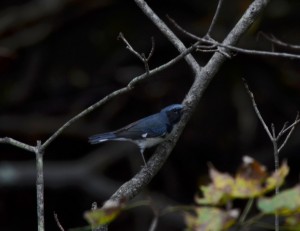As I excitedly described the interesting Crane Fly that was flying around our living room to my daughter, her comeback was simple and to the point, “It’s a huge bug. Please get rid of it!” Unfortunately, to most people, the many species of fascinating insects that live around us, are nothing but “bugs” and just want them gone.
Webster’s Dictionary defines bug as “an insect or other creeping or crawling invertebrate,” or “any of several insects commonly considered obnoxious.” Obnoxious? Not all insects are “pests,” like mosquitos, flies or cockroaches! I think “obnoxious” is a bit harsh of a description for an entire group of animals, even if some of them can bite you, sting you and/or suck your blood! Wooly Bear caterpillars creep and crawl, and I don’t think most people would describe them as obnoxious! If it sounds like I’m defending these bugs, well, I kinda am, and I have good reason to.
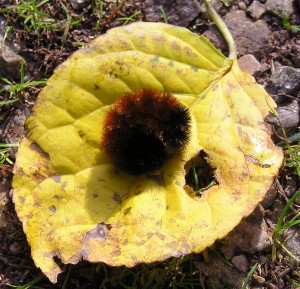
Insects have been on Earth for about 350 million years-humans, only about 130,000 years. There are millions of species of insects around the world. They are the most numerous type of animal found on our planet, but from the many different kinds, only about 1% are actually harmful to humans. For example, bees pollinate flowers which allows the plants to reproduce, which, in turn, provides food for us! In addition, bugs are a critical part of the food chain. Without them, many other species of animals and even plants (i.e. Venus Fly Traps and Pitcher Plants) that depend on them as a food source, would not be here, including certain birds, mammals, reptiles, amphibians, fish, and other insects. Also, in many parts of this world, insects are a common part of many cultures’ daily meals. It is true that many insects crawl, but they also hop, fly, skip, scurry and wiggle. They can be very big like the 5” long Goliath Beetle, which may be bigger than the palm of your hand, or tiny, like the Fairy Fly of Costa Rica, a type of wasp that’s only about .10 mm. That’s smaller than the eye of a small needle!
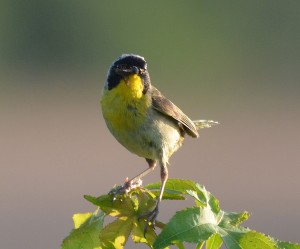
I do admit, however, that our family has had its share of wild insect stories, and some of them ended up pretty painful, like the nest of Yellow Jackets that my sister Cathy, Pa and I stepped on in Canada in the early 1970’s. I’ll never forget as we stopped to explore a small island while fishing a large lake at my Uncle Bus’s cabin, when all of a sudden stinging bees swarmed us from every direction. My father grabbed each one of us under his arms, like two large duffle bags, ran through the brush and threw us in the boat, bees still in hot pursuit. Not only do I still remember the shear sense of panic, but oddly, I also can’t forget all the branches and sticks that hit me in the face as we ran for our lives! Then there was the famous visit to the Belize Zoo during a cruise in 2005. While strolling the rustic grounds watching and listening to Howler Monkeys and a variety of birds, Darby and Theresa were walking on a trail just ahead of me. Suddenly, Darby started screaming and swatting at her ankles. Theresa then started frantically brushing something off her lower legs as well. Panic quickly turned into pain as we discovered several, tiny Tropical Fire Ants that had crawled on them and were viciously stinging their ankles. They ran, and I mean ran. One minute they were in front of Tyler and I, the next minute they were gone, having sprinted back to the waiting bus, like wild Cheetahs chasing gazelles across the African plains! The sting, which has been described as being burned by fire (hence their names) is very painful, but fortunately, only lasts for a few minutes. Fortunately, Fire Ants are only found in warmer climates.
Since insects are cold blooded and cannot regulate their body temperatures, they flourish where the weather is warm or hot. This is why there’s many more species of insects that are found in tropical rain forests (where it’s hot year-round) than in Pennsylvania’s forests. Our summer season is when we see the most insects, and since it’s also the season we spend most time outdoors, we tend to notice them most, too. It’s the time of the year we get most “bugged” by them! But even here in PA, we have some beautiful bugs.
How many of us have watched Monarch butterflies feeding on Milkweeds in preparation of their long migration south to Mexico, or observed a Praying Mantis that waits patiently for an hour to capture a fly for supper? We are quick to grumble when mosquitos swarm around us at our backyard BBQ, or get creeped out as a small spider runs across the floor in front of our feet (and rightfully so), but we can’t forget about all the cool, and very beneficial, bugs, that we live with every day. I admit, I’m the first one to go on mini extermination quests for the many House Flies that seem to invade our home each summer, but remember, not all bugs are created equal-they’re not all out to get us! Stay cool and enjoy your summer!
